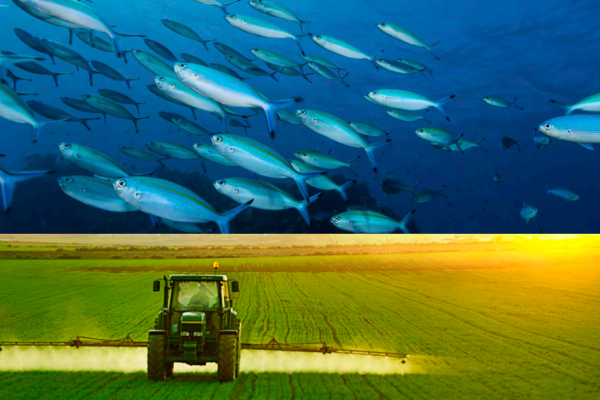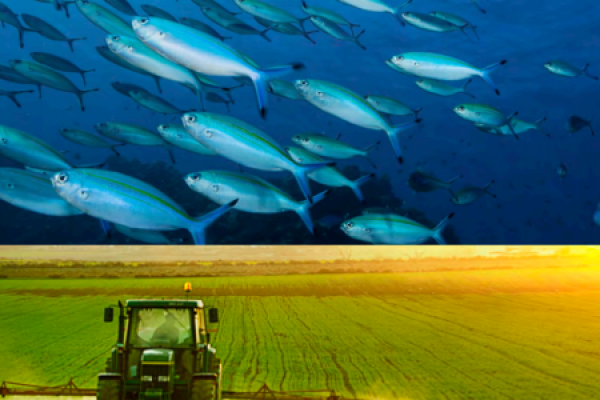The goals of this paper are to promote awareness of the valuable natural capital data Statistics Canada produces and to identify areas where further data collection and analysis could usefully be carried out, both by Statistics Canada and by outside researchers.
Canadians enjoy immense wealth thanks in part to Canada’s natural environment. As a country, Canada controls one of the largest primary resource bases in the world; ranked third in the world for each of forested area, renewable freshwater resources and oil reserves and ranked seventh for amount of arable land. Canadians also benefit from the ecosystem services the environment provides – filtering of air by trees and absorption of floodwaters by plains and wetlands, among others. There is also the clean water provided to communities, the climate to grow crops and the natural beauty and biodiversity that provide cultural and spiritual wellbeing to many Canadians.
This natural asset – our “natural capital” – requires careful management in order to ensure its benefits are maintained for Canadians now and in the future. However, as the saying goes, “You can’t manage what you don’t measure.”
This report provides an overview of Statistics Canada’s efforts to measure the state of Canada’s natural capital (ecosystems, land and sub-soil resources), the demands placed upon it by human activities and the efforts undertaken to manage these demands.
The goals of this paper are to promote awareness of the valuable natural capital data Statistics Canada produces and to identify areas where further data collection and analysis could usefully be carried out, both by Statistics Canada and by outside researchers.
Related Materials:
- View the Natural Capital & Productivity project webpage





